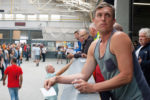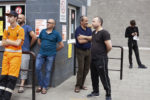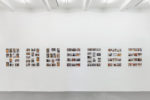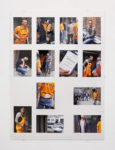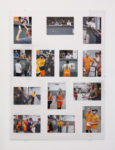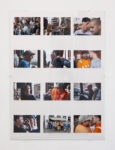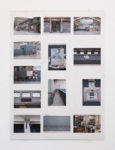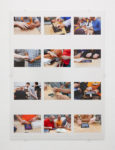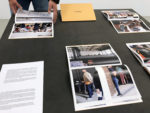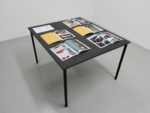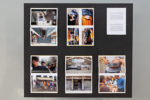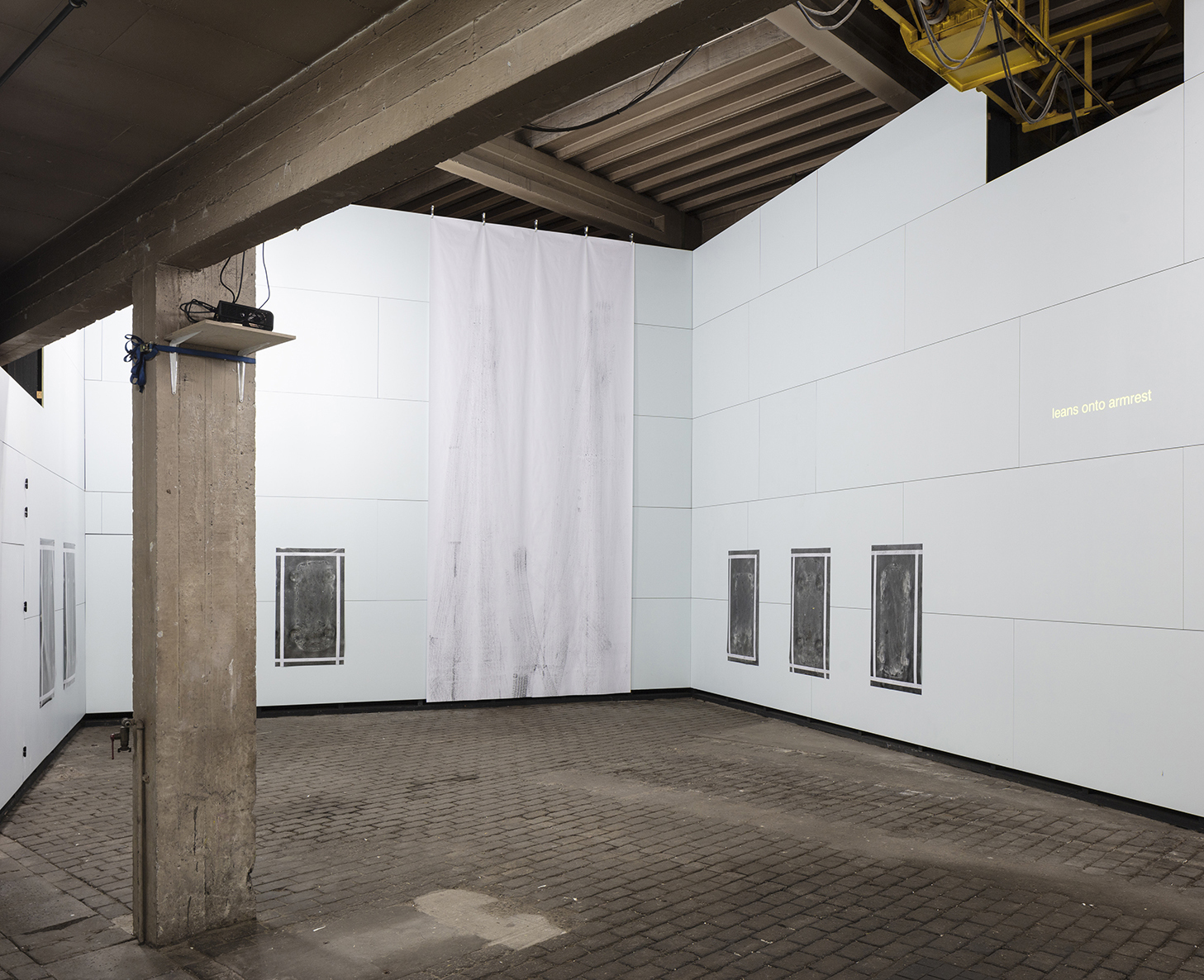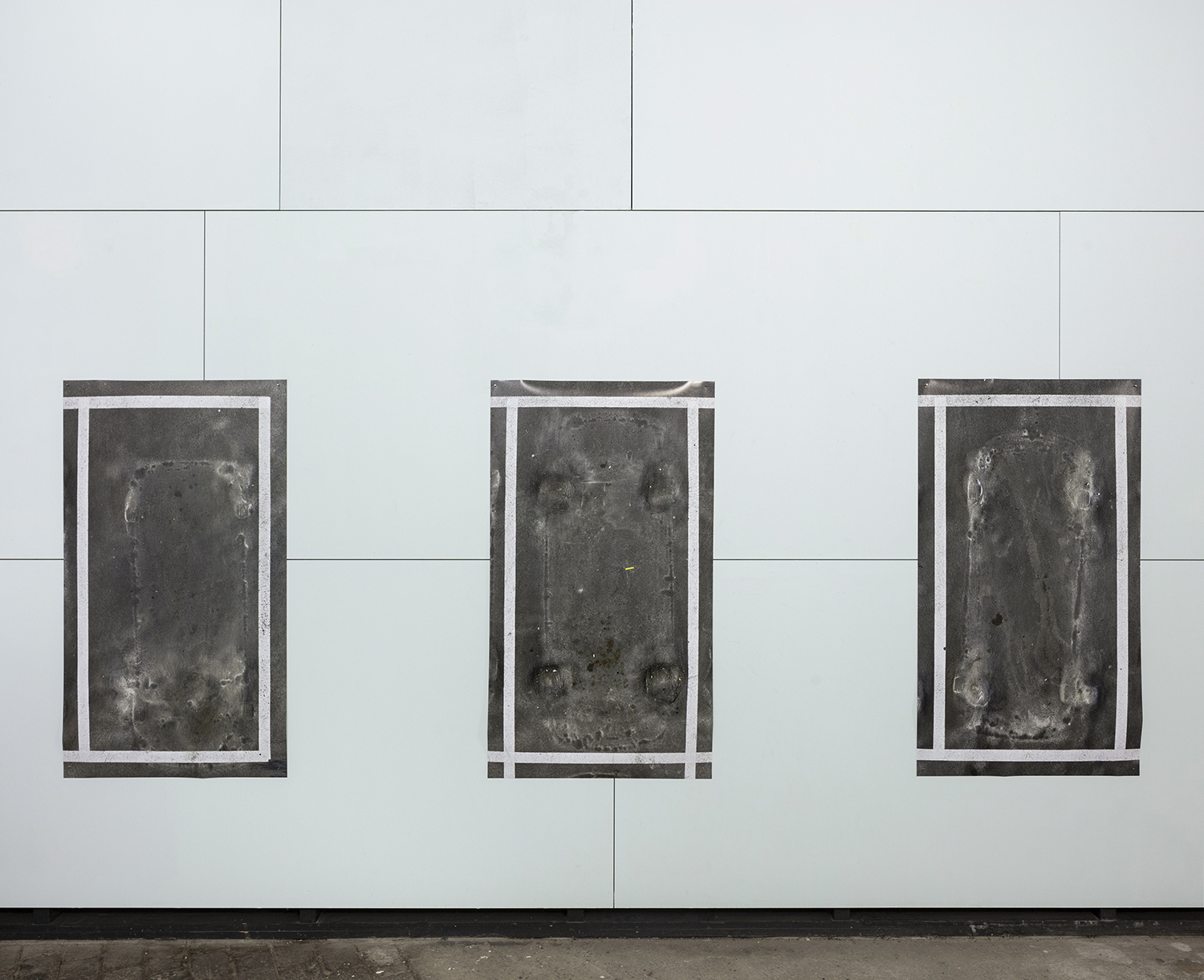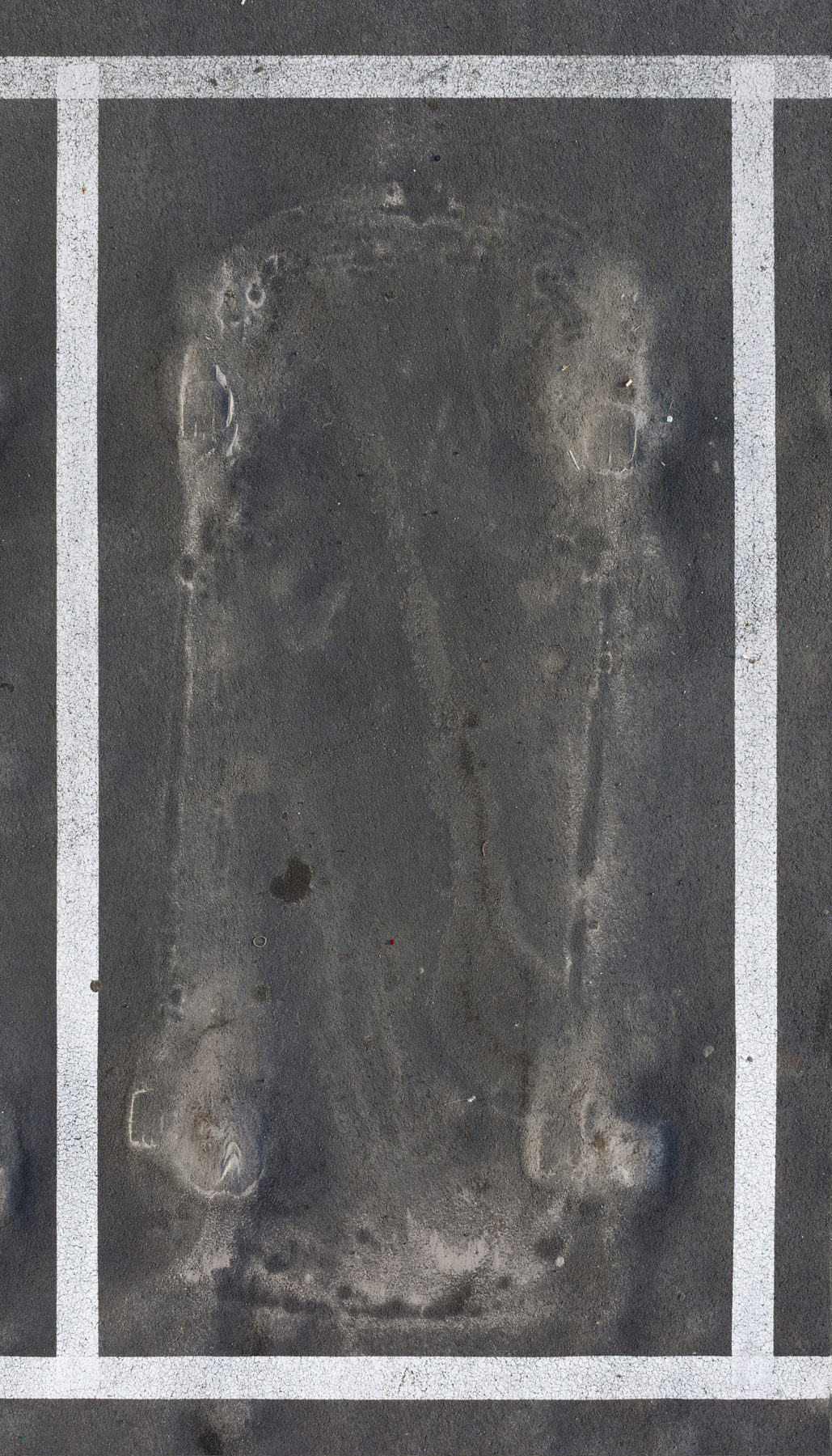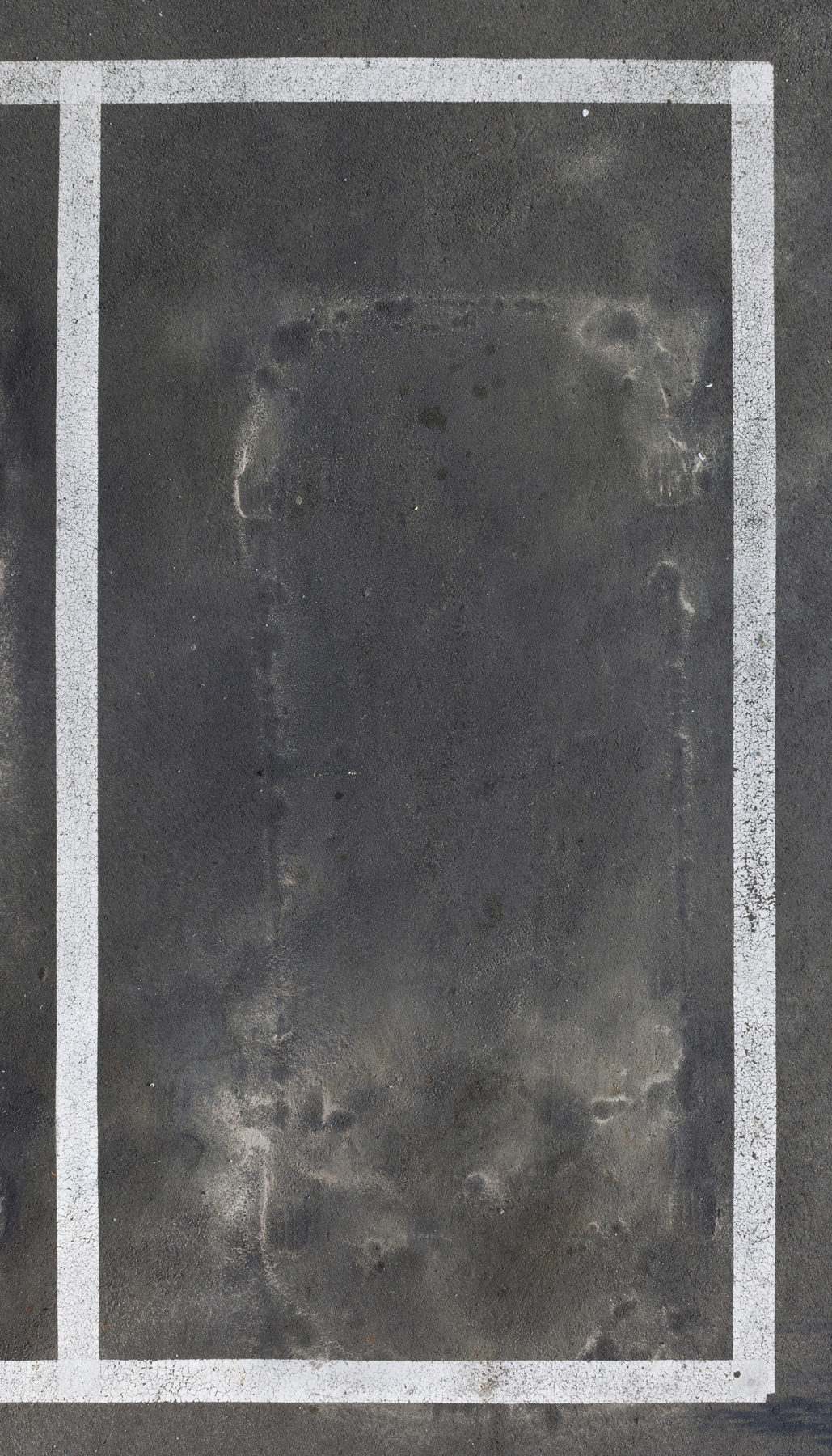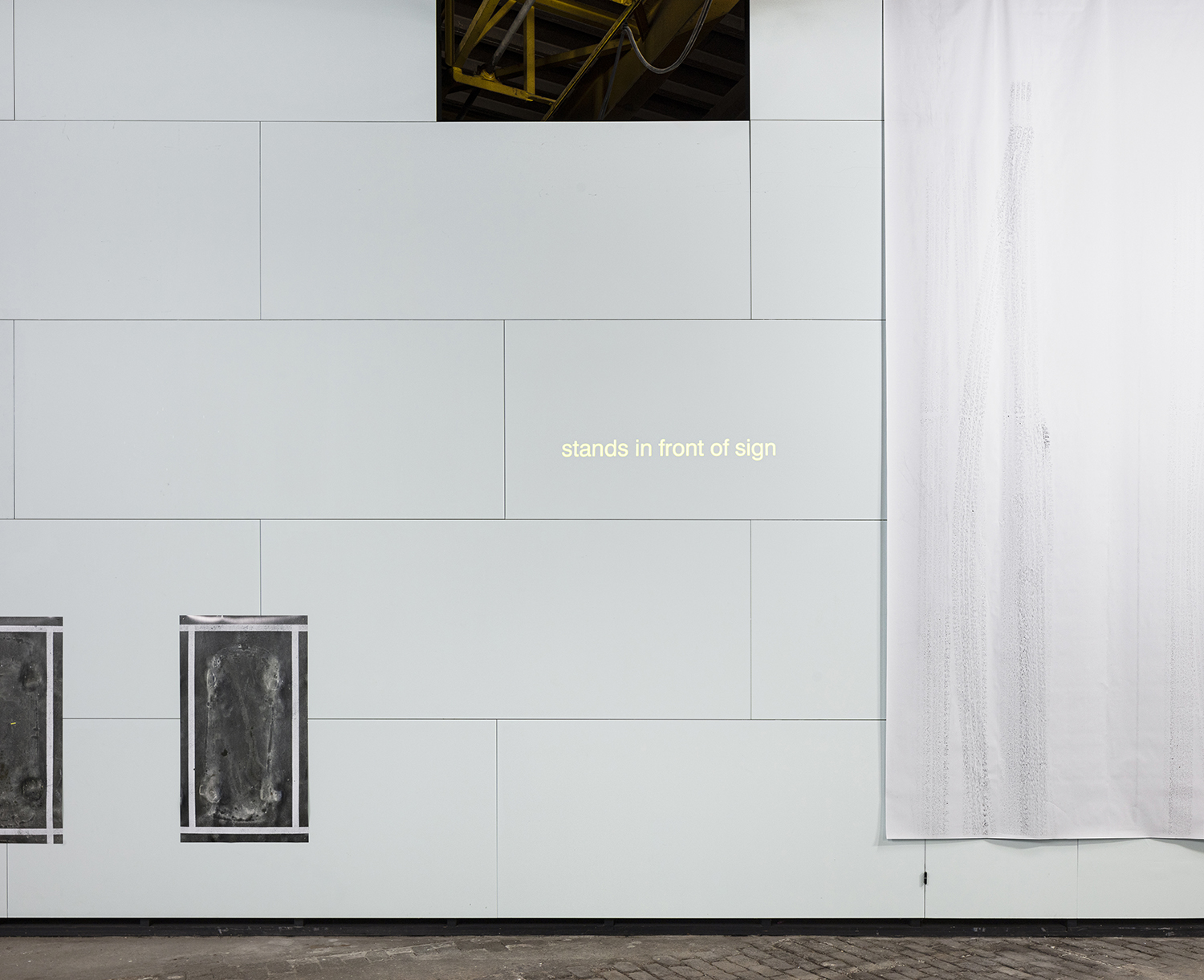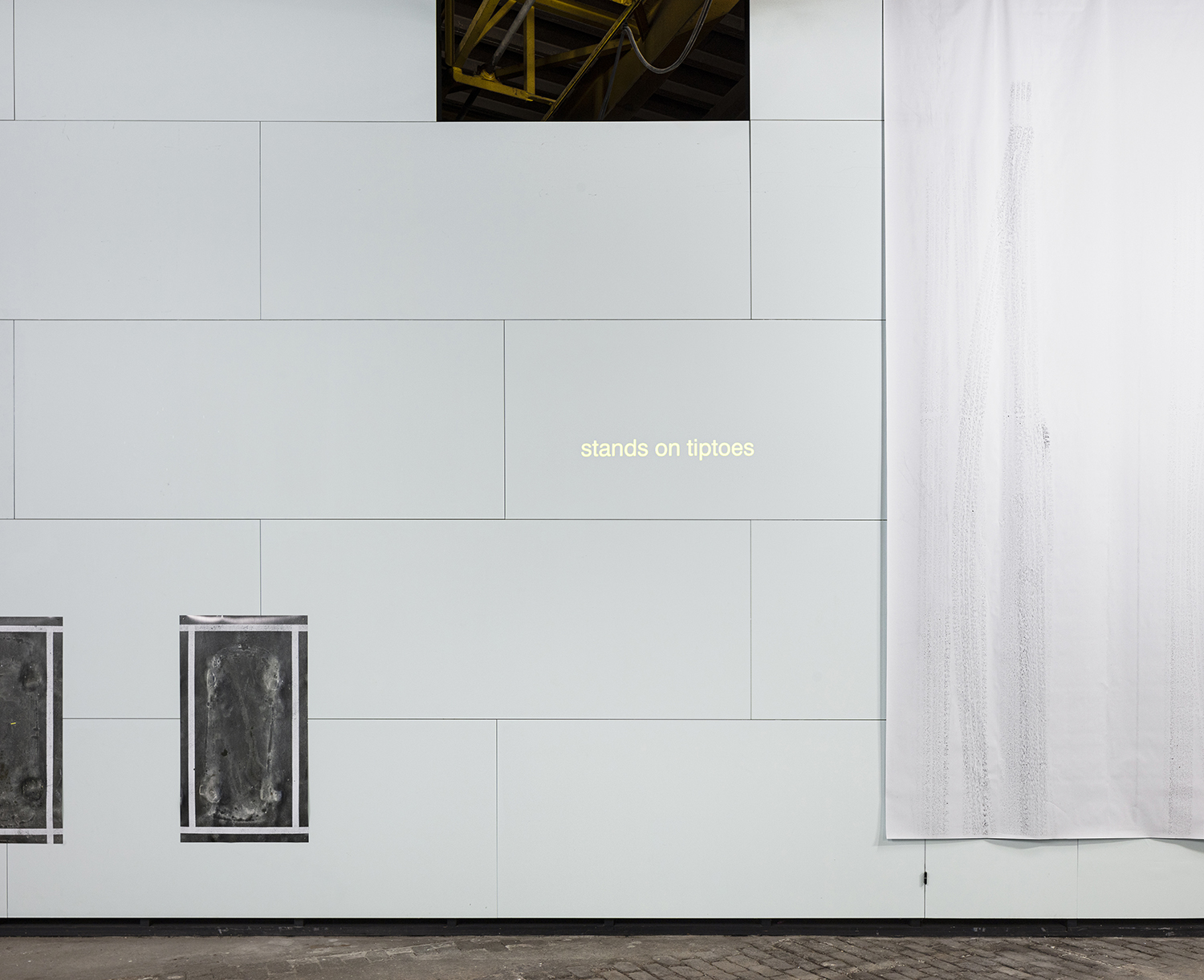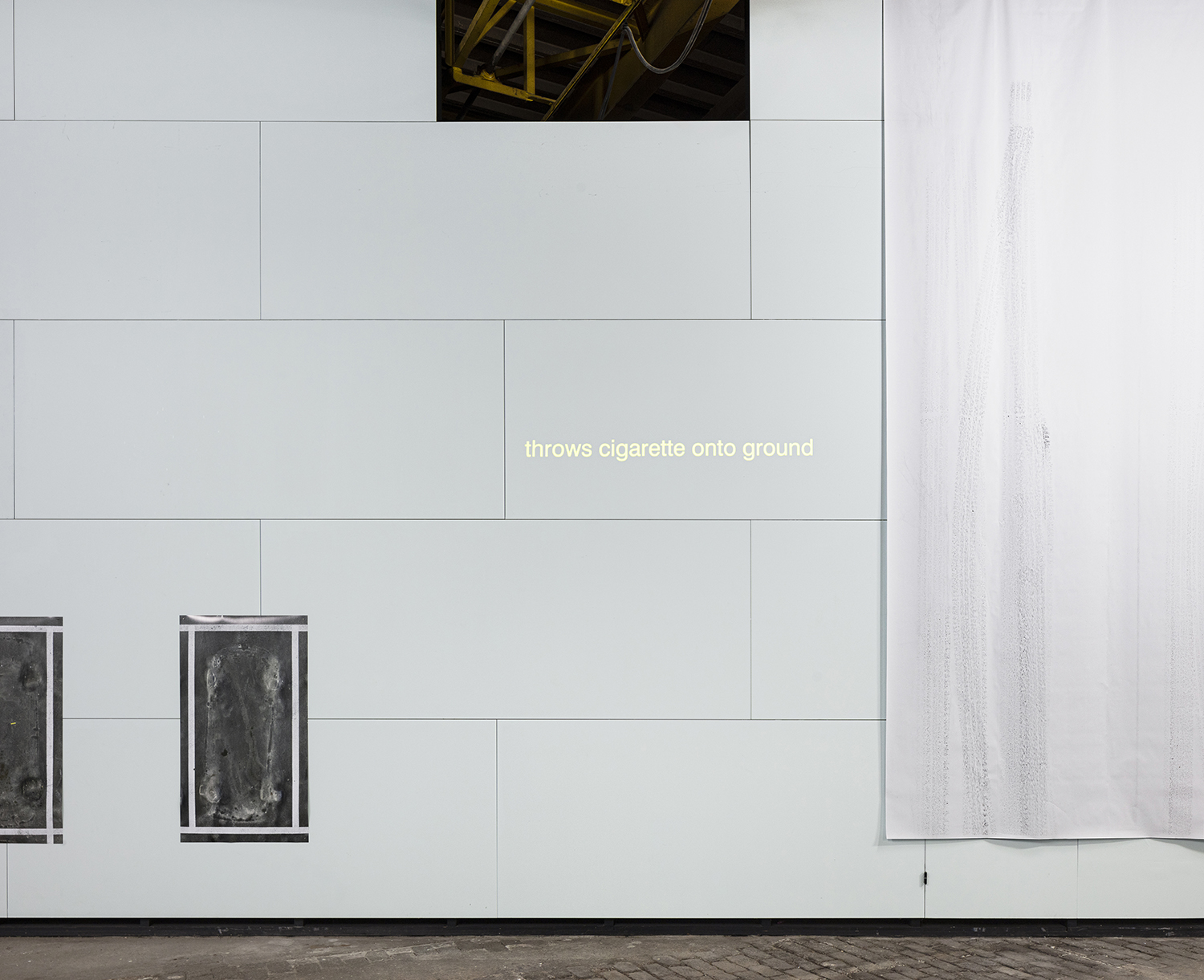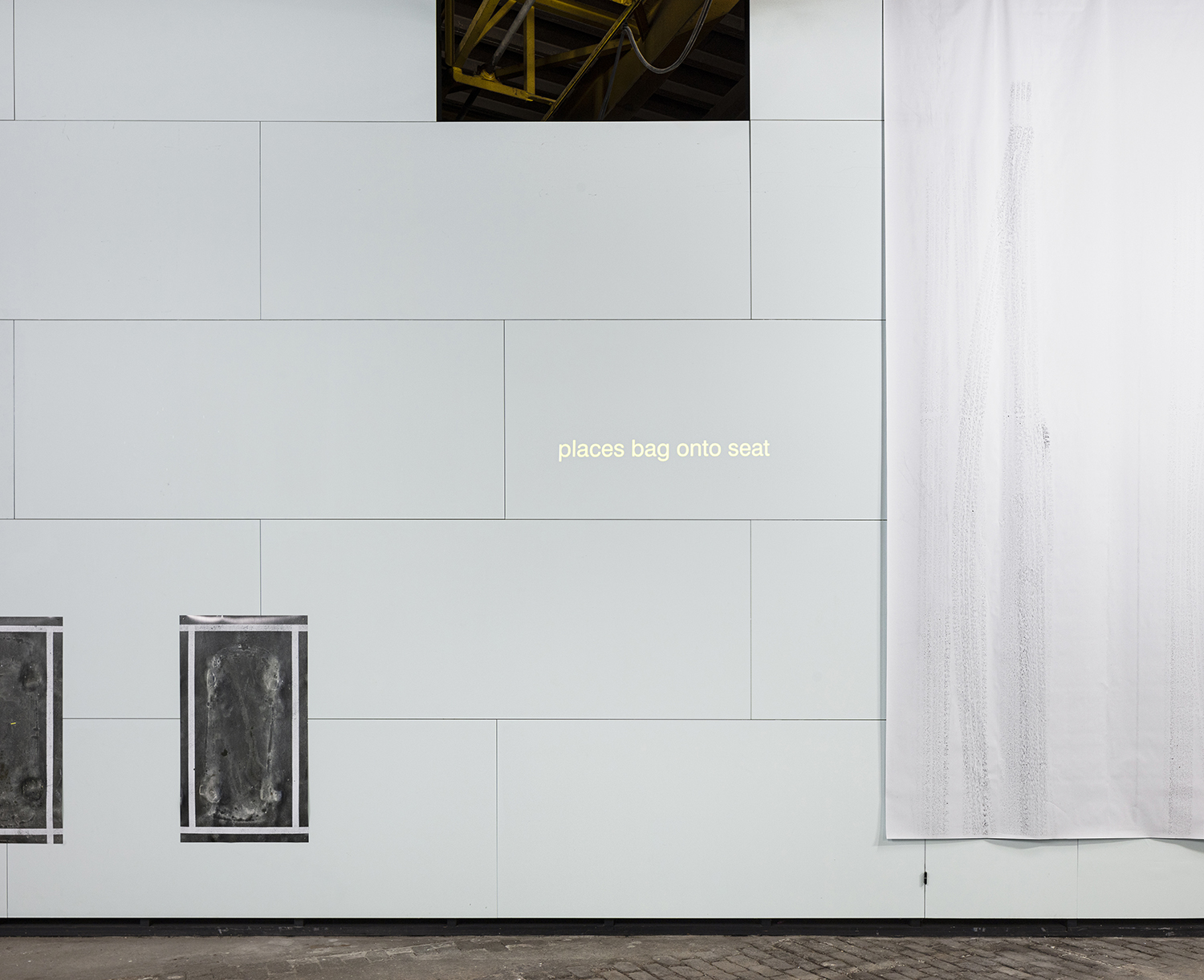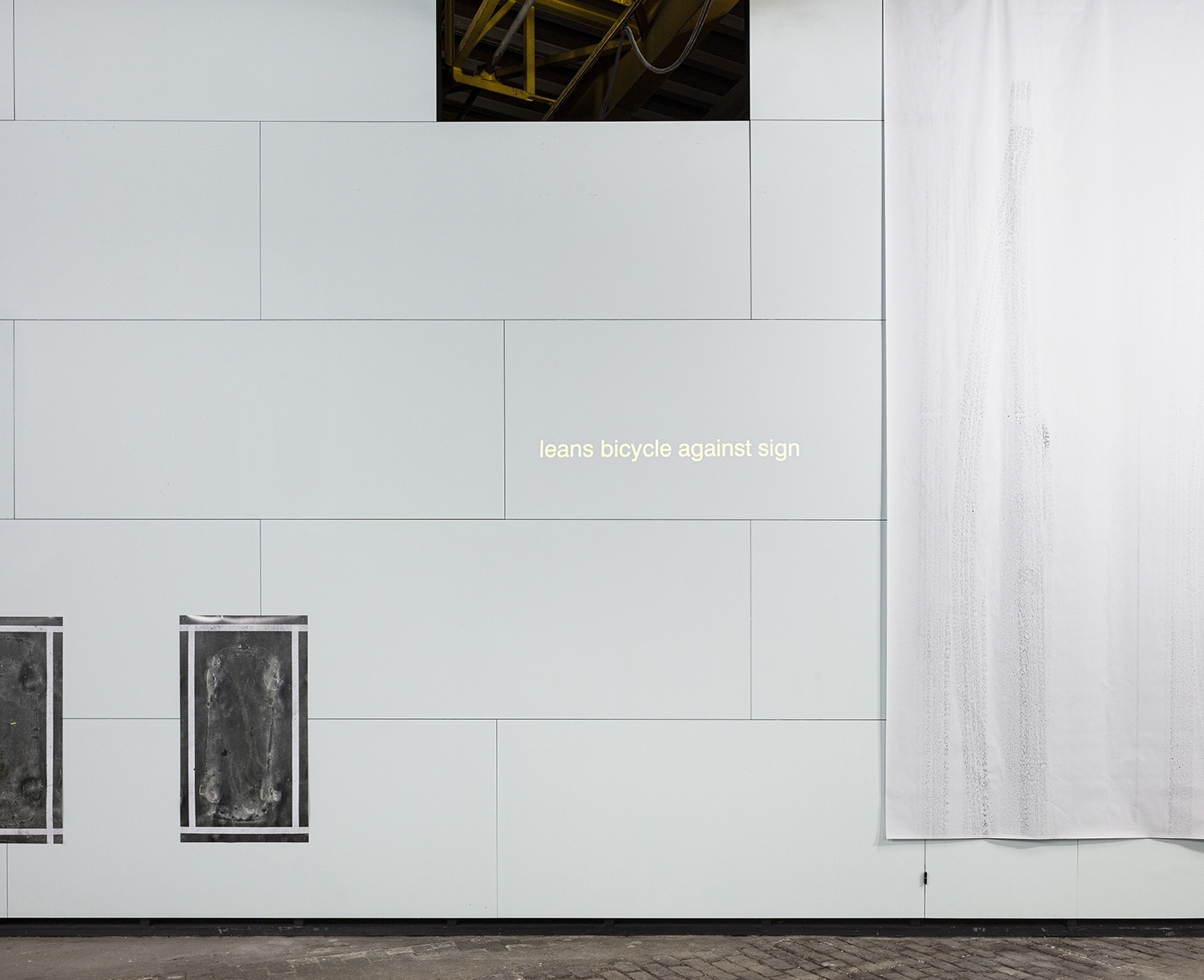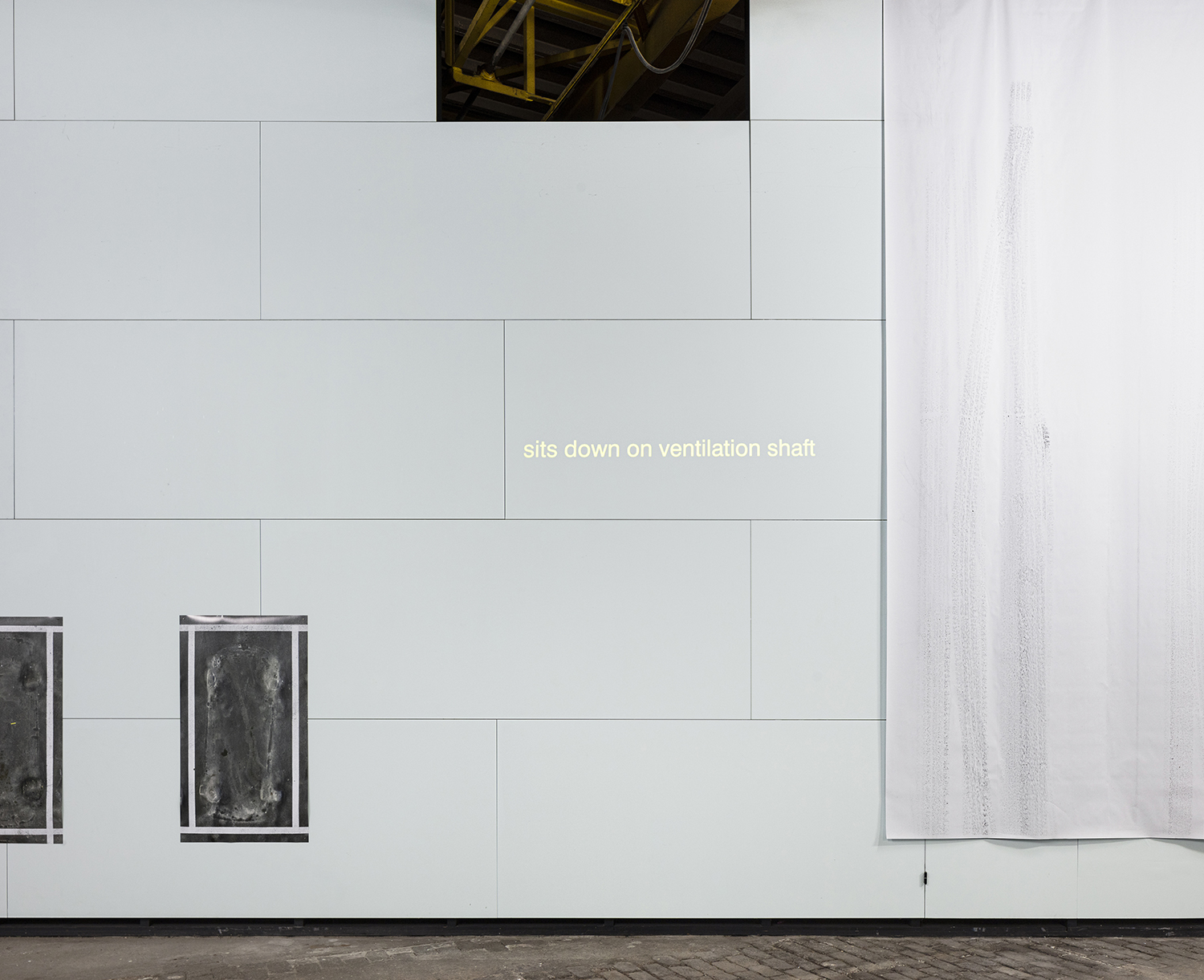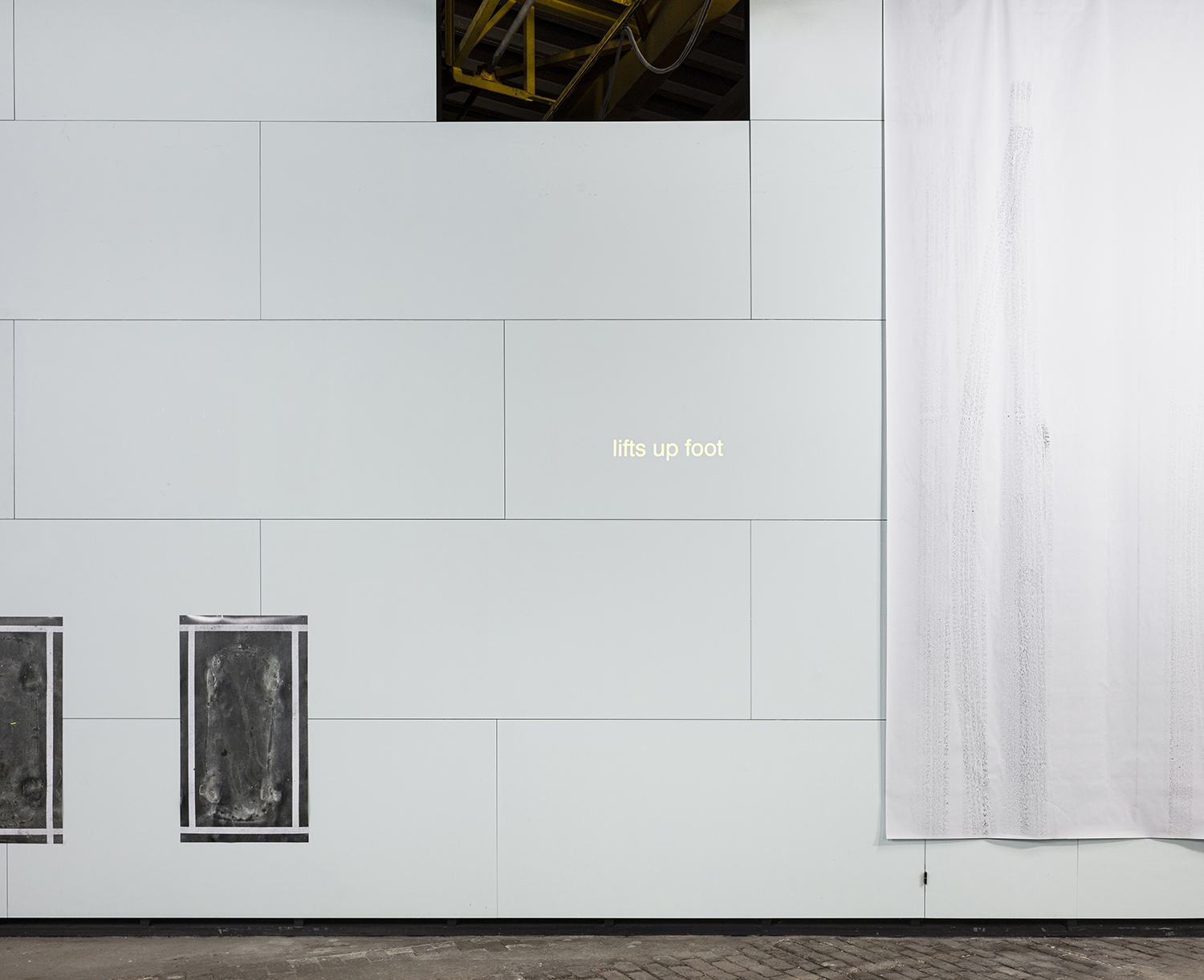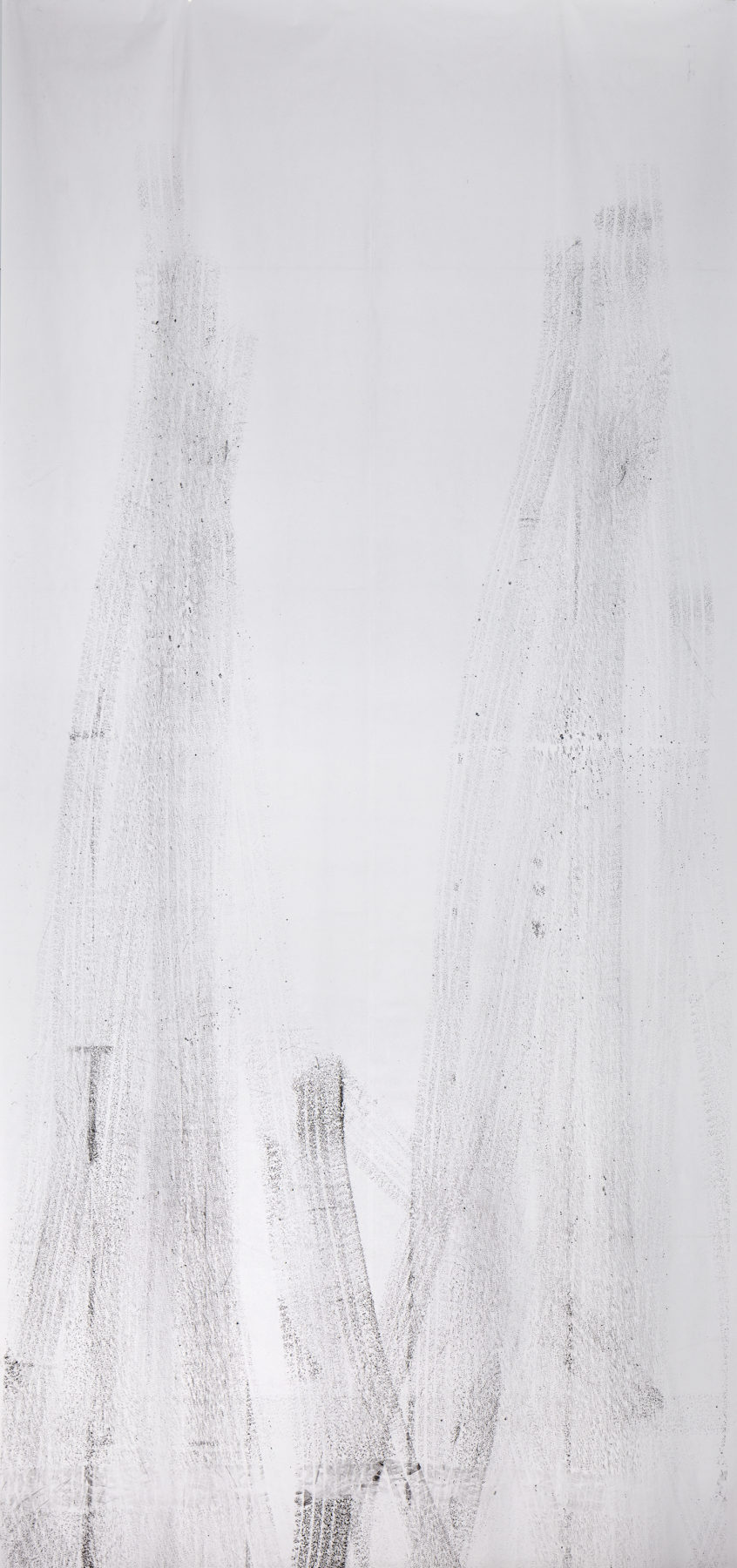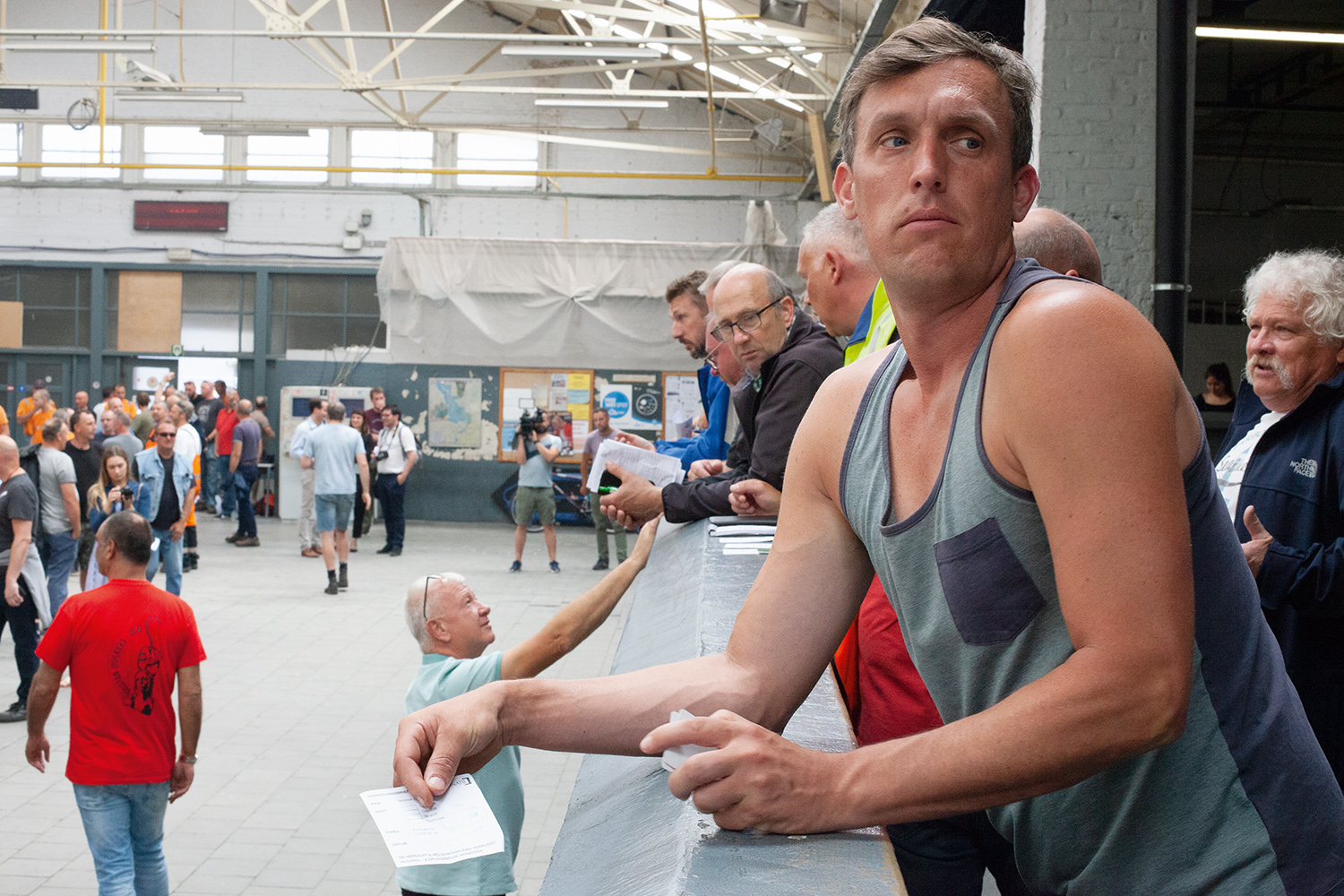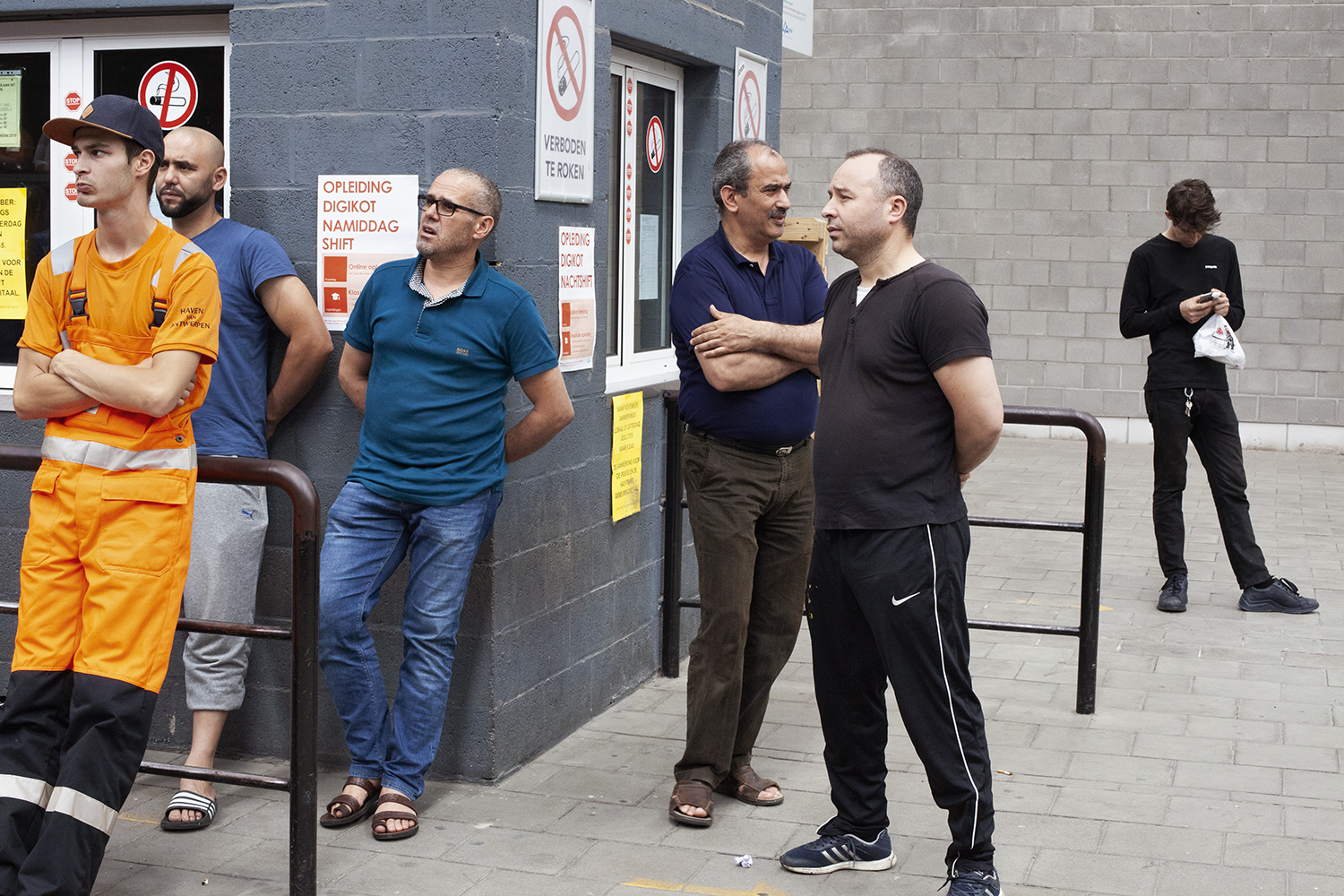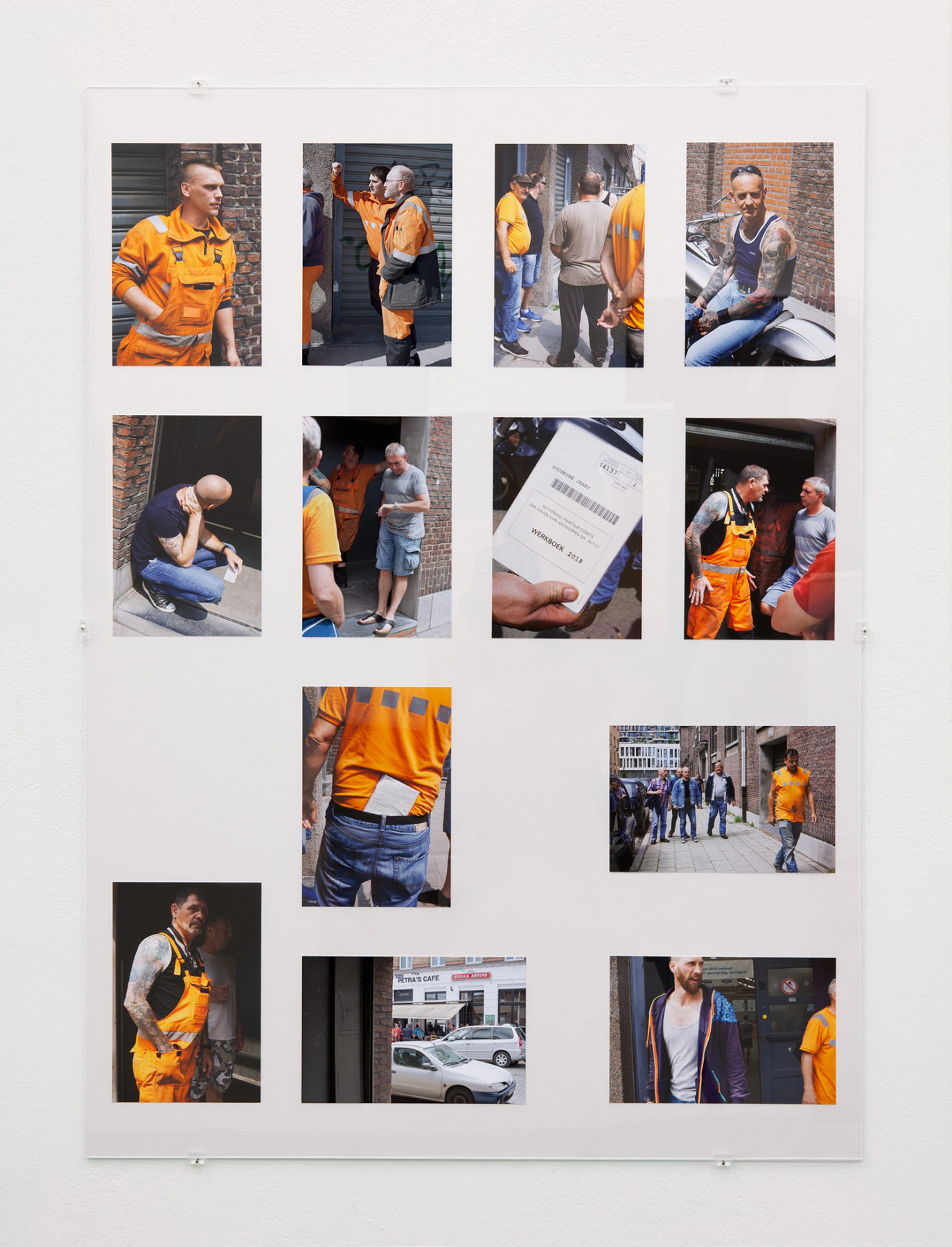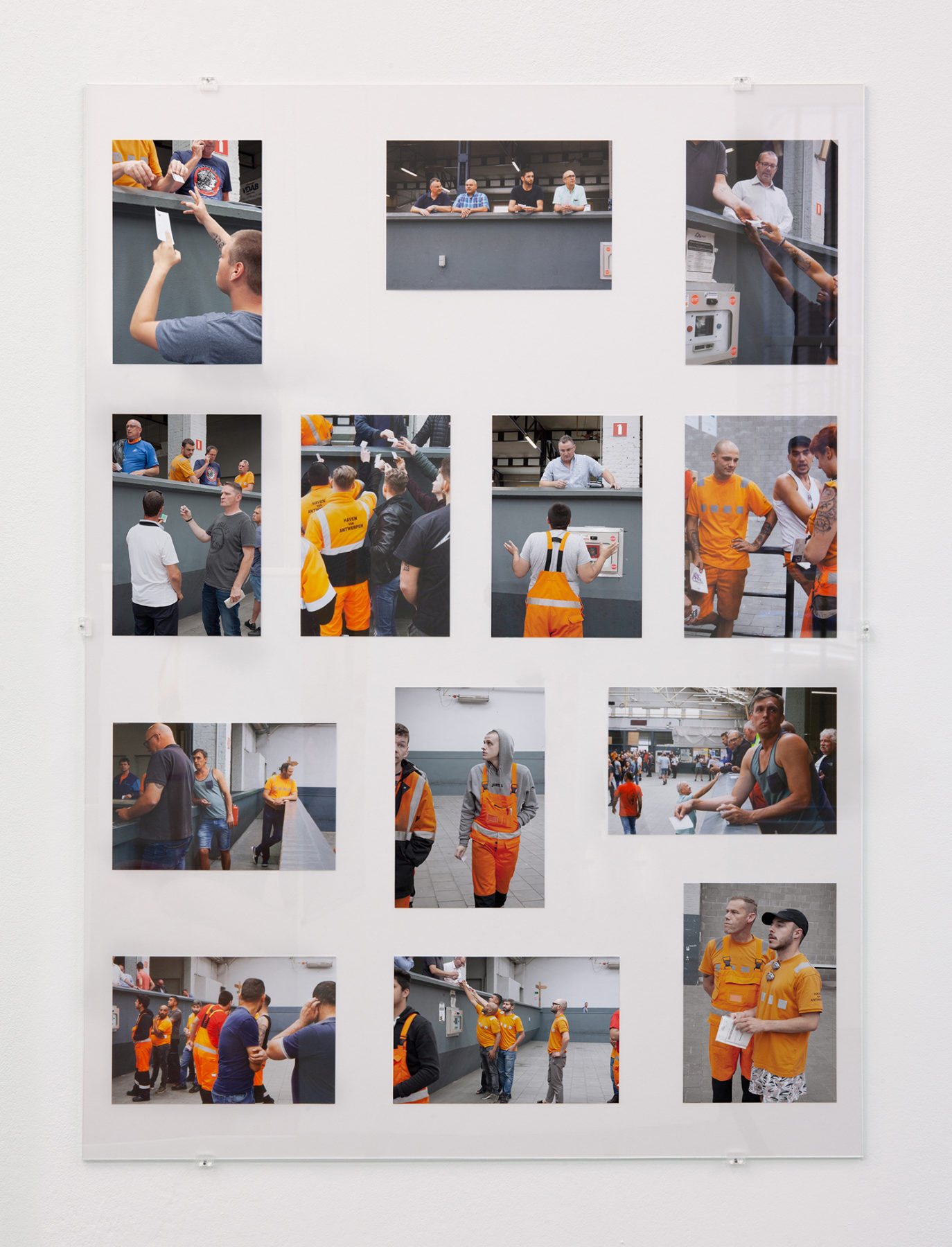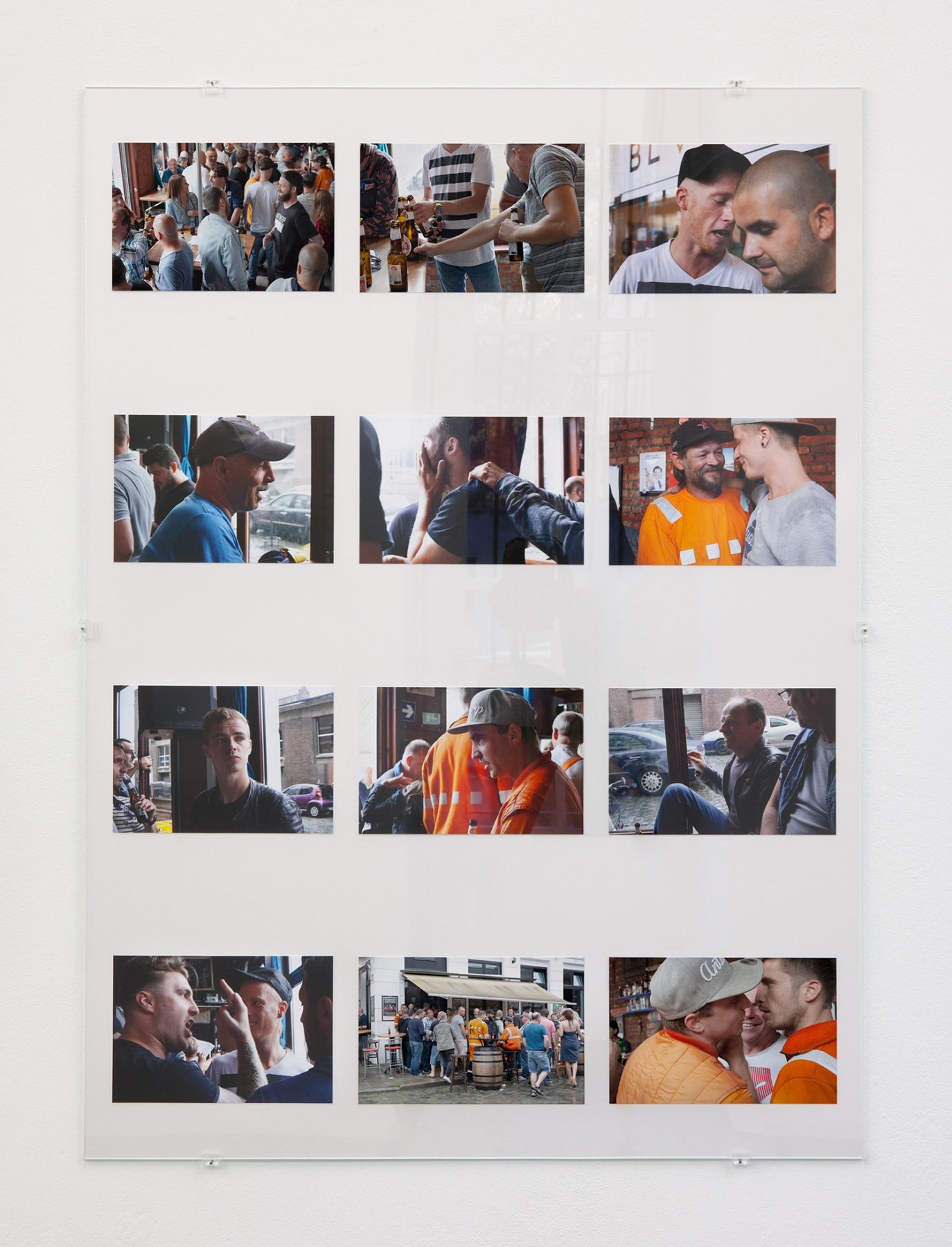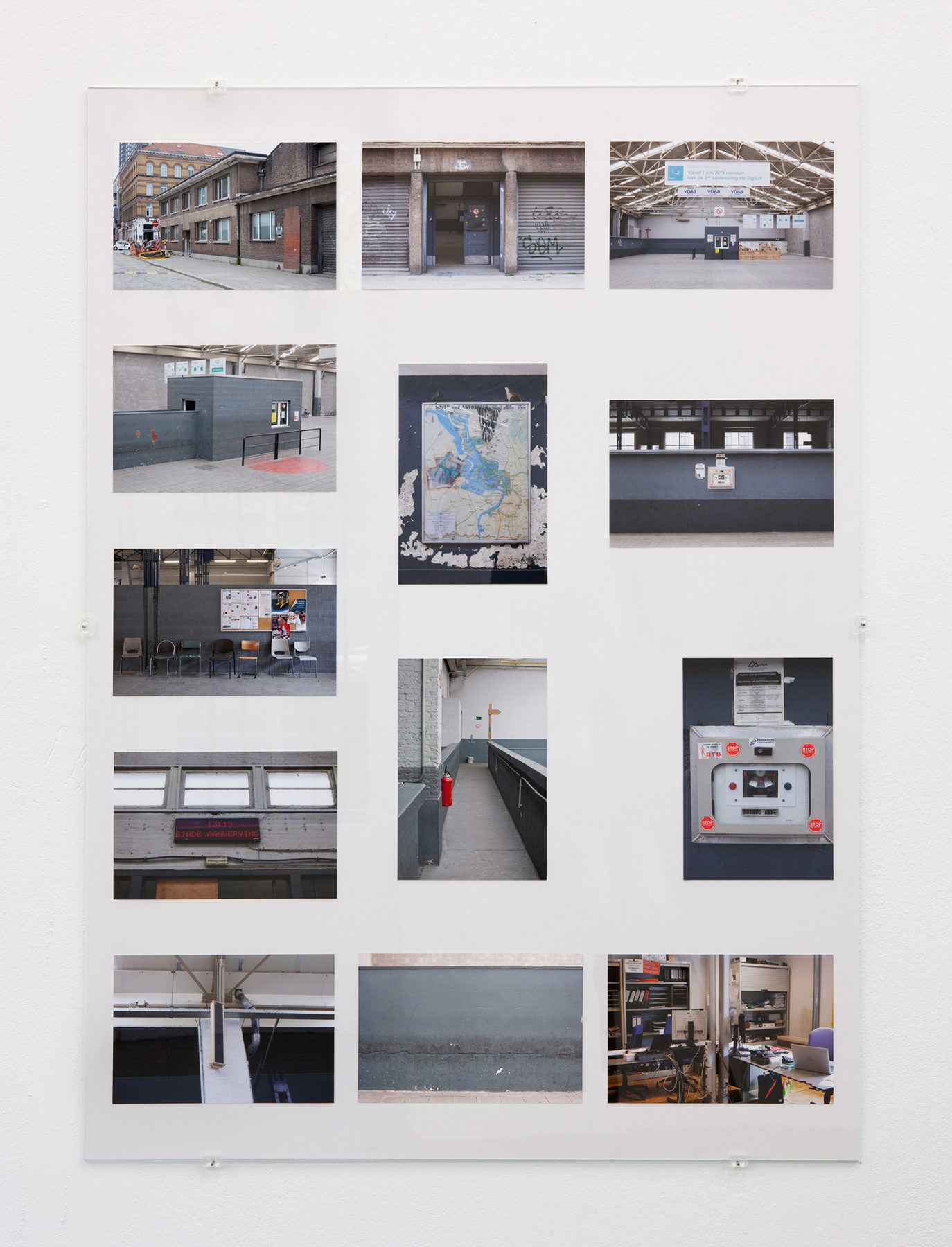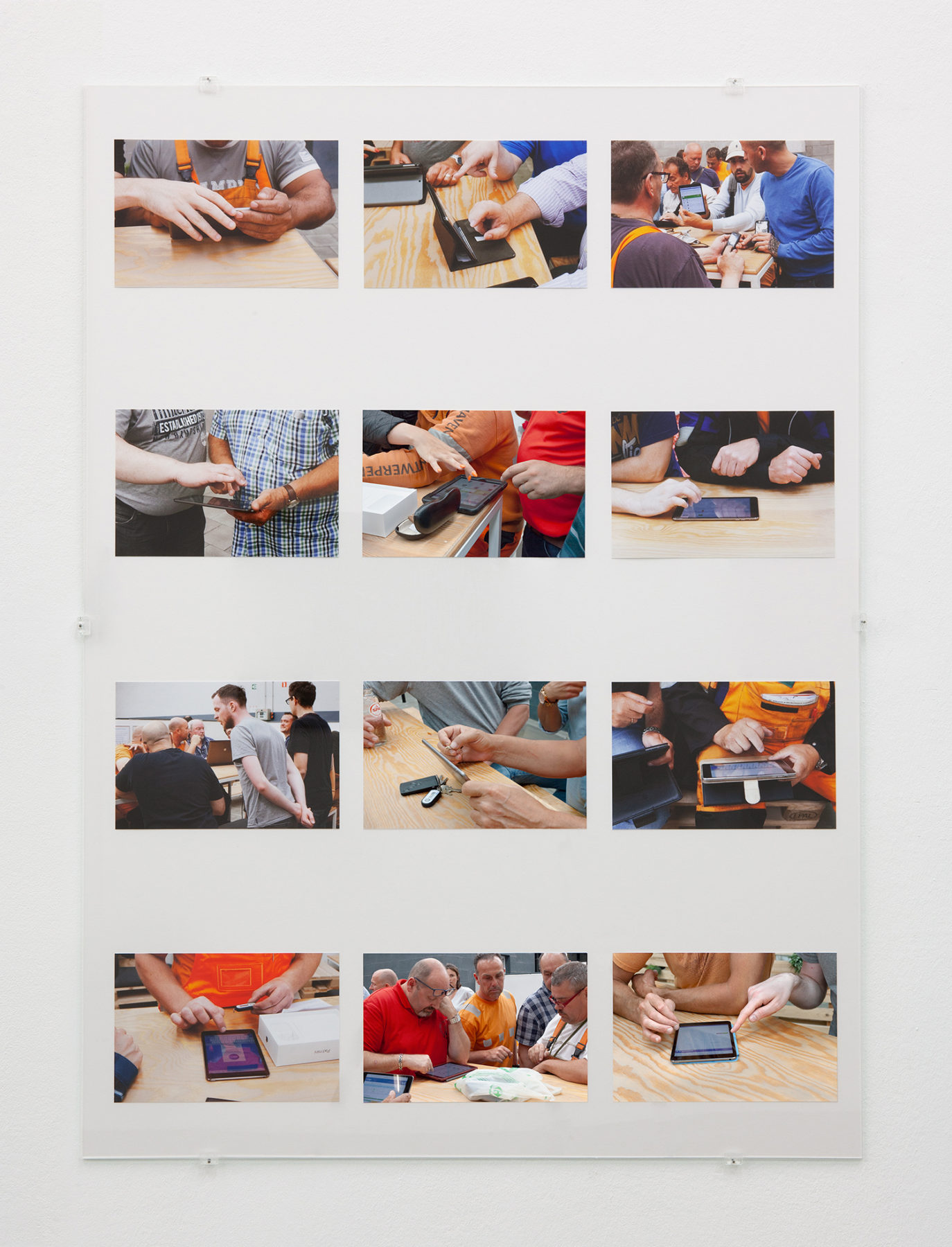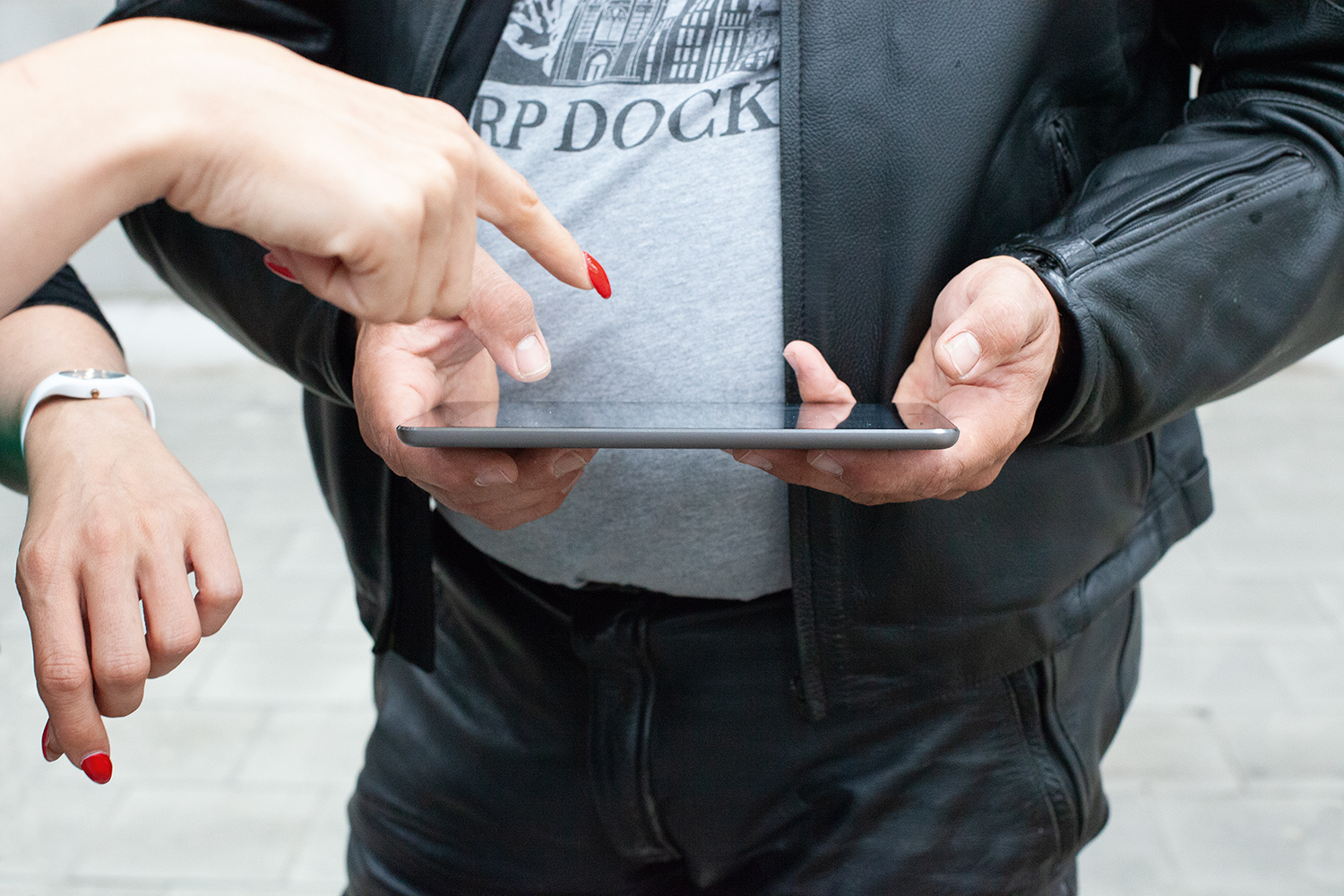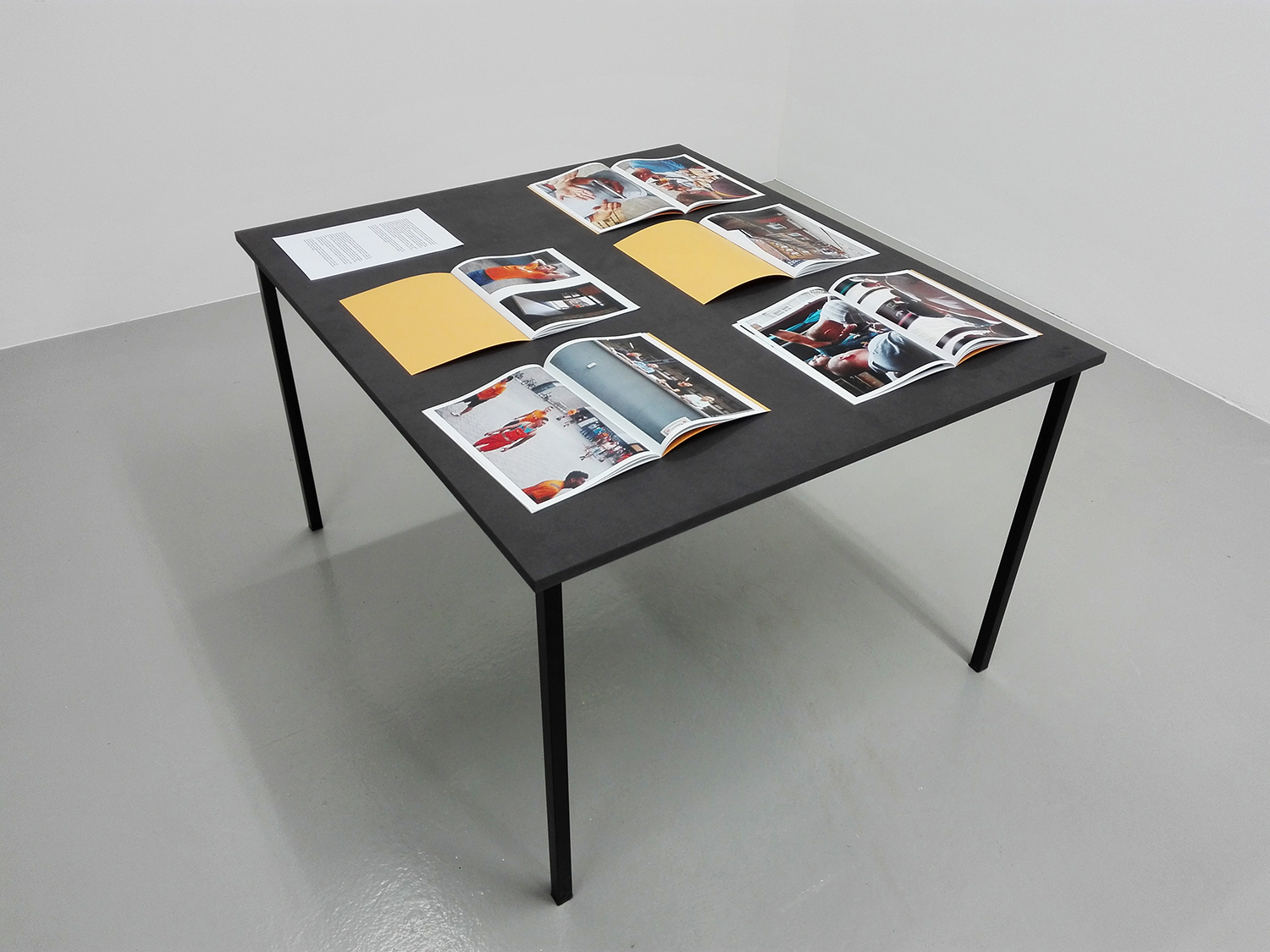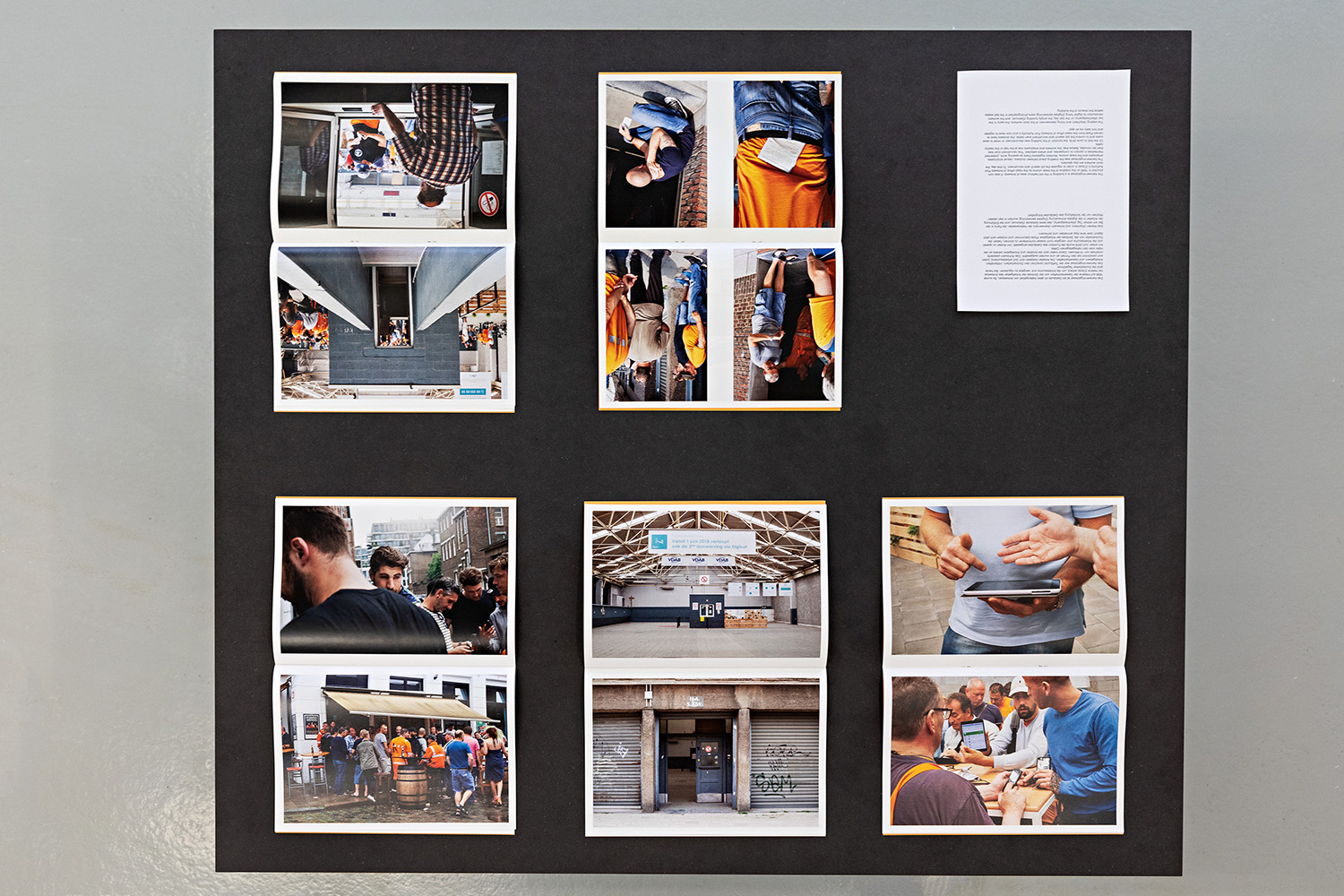Monthly Archives: December 2019
During four weeks, Stephanie Kiwitt resided in 019 in Ghent, visited the surrounding parking lots on a regular basis, stayed to observe the dynamics within a very defined and universal space. Starting, halting, moving – presence, leftovers, absence.
‘Close in open’ is the fifth instalment of P, a series of exhibitions and events on the idea, the functioning and the aesthetics of the parking lot, curated by De Cleene De Cleene. As an area where cars or other vehicles can be left temporarily, the parking lot is a site that stockpiles potential. It is an aside to the road and to the romantic idea of travel, and a necessary counterpart to the modern preoccupation with speed. It is a secondary place that often goes unnoticed, a landscape at the service of a department store, an amusement park, a factory, a journey. Once an ‘enclosed preserve for beasts of the chase’, it has become an increasingly questioned, regulated yet volatile landscape. It is a patchwork incessantly formed by aesthetic, functional, ecological, political and economic strategies. It is a place of temporary stagnation at the service of movement, a grid that gathers and structures objects, people and stories in a continuously changing puzzle.
The line that connects A to B, pauses at P.

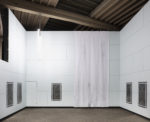
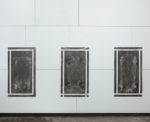



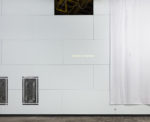

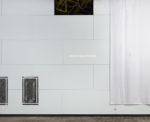
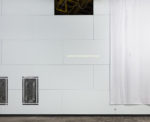
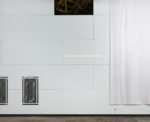
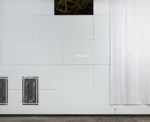

The Aanwervingslokaal (recruitment office) is a building in the old harbour area of Antwerp. It was constructed in 1936 on the initiative of the trade unions by the Central organisation of employers in the port of Antwerp (Cepa) in order to regulate job search and recruitment. To this day, the dock workers are still day laborers.
The Aanwervingslokaal was the meeting place between dock workers, casual employees, employers and the trade unions. Workers registered there when seeking work, presented themselves in person to companies, and where selected. This recruitment took less than ten minutes. Just before, dockworkers and employers met at the hall or in nearby cafes, standing around and talking.
On the first of June 2018, the building’s function has been discontinued. In order to save costs and to be able to control job search and recruitment even better, workers have received iPads from Cepa. From now on they get hired and have to register daily via an app.
The work was photographed in the last weeks before the closure of the building. Is shows the waiting (Wachten) and hiring (Aanwerven) of the dockworkers, the party in the bar (Afscheidsparty) on the last day, the empty building (Gebouw), and the workers’s introduction to digital hiring (Digitale aanwerving).
